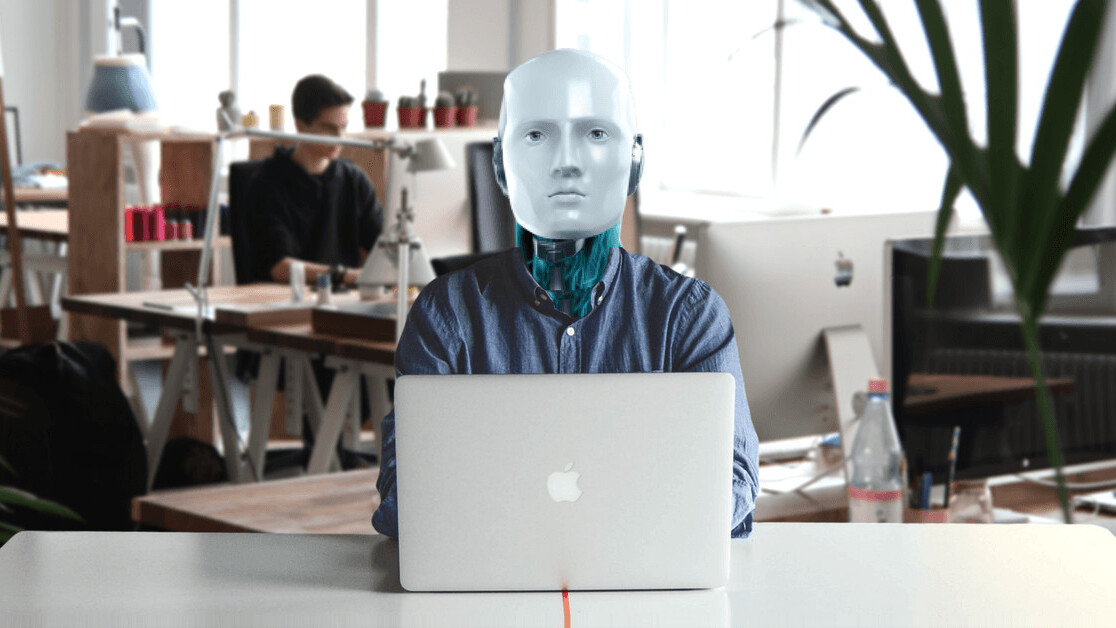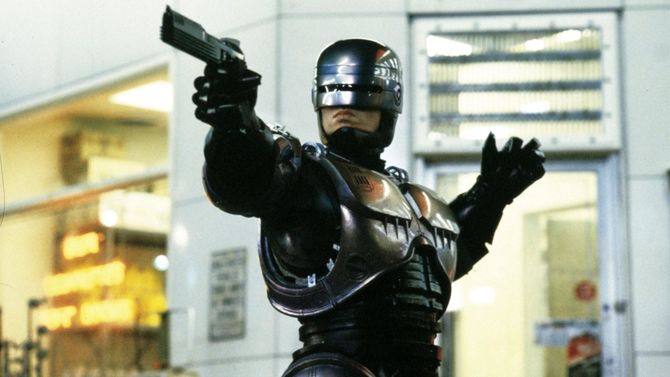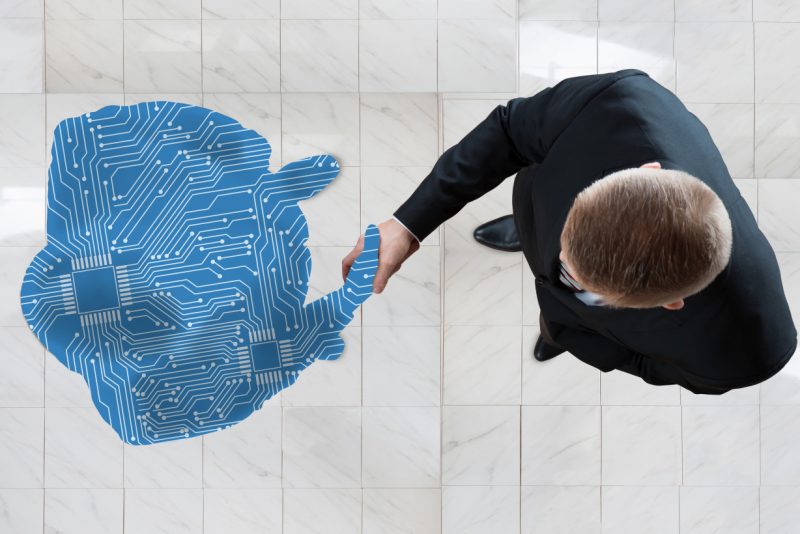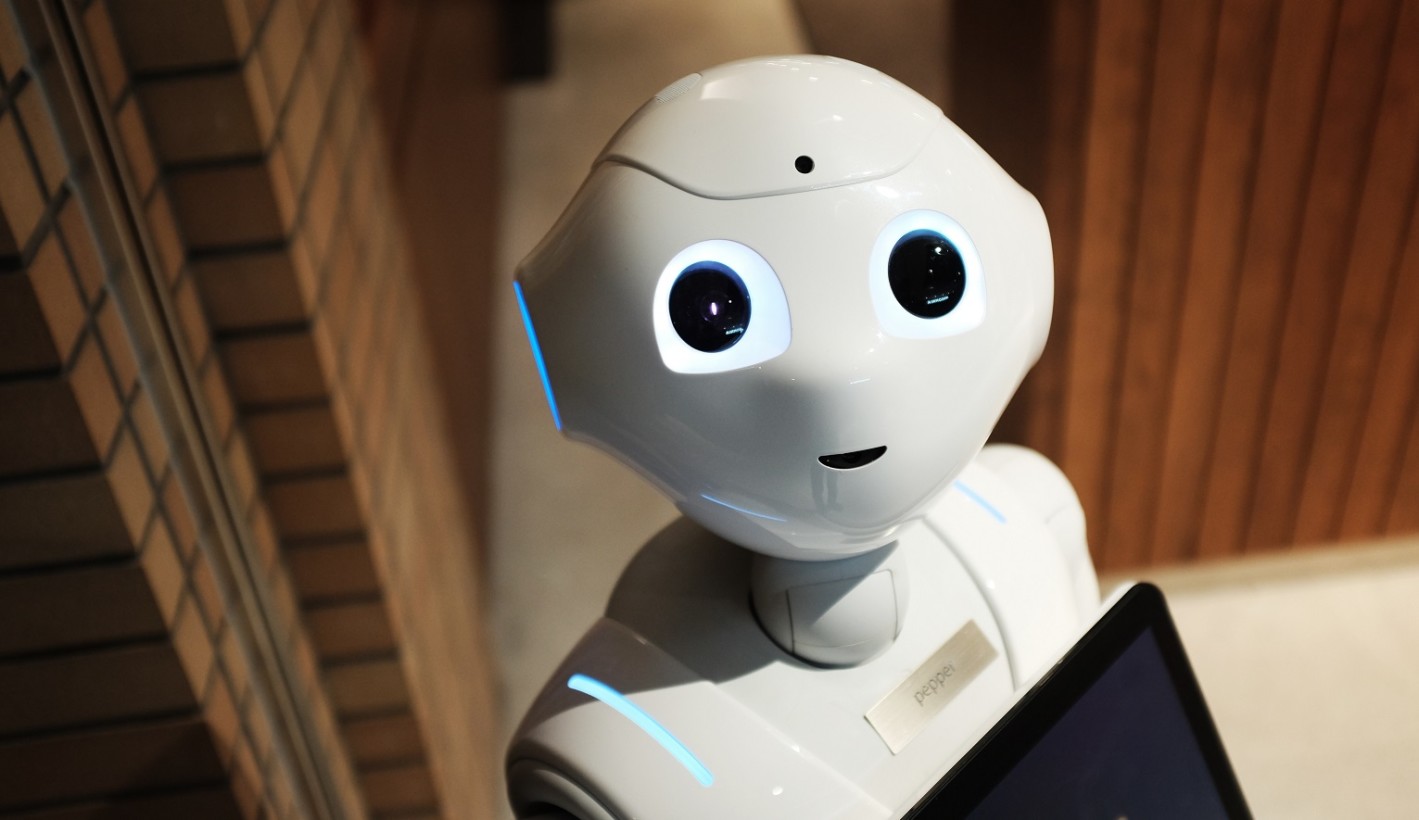
Star Trek, Blade Runner, Alien, and countless other franchises all have human-like robots engaging with people on a daily basis.

Some of them are even capable of human-like interpersonal relationships, despite being foundationally based on similar algorithms to what we’re using today to power our virtual digital assistants. So why do we still feel so disconnected from digital assistants and other forms of modern AI?
The answer could be deceptively simple: it’s our screens.
2D screens and “realness”
In a recent study by researchers Constanze Schreiner (University of Koblenz-Landau), Martina Mara (Ars Electronica Futuerlab), and Markus Appel (University of Wurzburg), it was revealed that interactions with robots via a 2D screen leads to a decreased sense of “realness.” In the study, participants interacted with a robot program called Roboy in various tasks, including performing searches, organizing tasks, and even helping Roboy find a present for his mother.
Humans interacting with the robot could interact with it in a live environment, in a 3D virtual environment, or through a 2D screen.
In both the live environment and the VR environment, Roboy scored high for perceived levels of “realness.” However, live environment interactions scored higher than VR environment interactions in terms of how “human” Roboy seemed. In any case, this study is among the first of its kind, exploring human-robot interactions (HRI) across different digital and tangible mediums.
If we want to move toward a world with stronger human-robotic interactions, we need to get rid of the screens preventing us from seeing robots as “unreal” or, for lack of a better term, artificial.
The benefits
Why should we bother trying to make more realistic or human-like robots?

1. Comfort. Whether you like it or not, pretty soon, you’ll be engaging with service robots in a wide range of different applications, from ordering food to receiving medical care. Finding a way to make people more comfortable with that transition means we’ll be able to cross that barrier sooner, and people will feel better about the coming changes. Collectively, that means we’ll advance faster in incorporating newer technologies, and individually, that means we’ll feel better about it.
2. Natural interactions. Humans didn’t evolve to communicate with keys and a keyboard. We work best when communicating with a host of subtle cues, including body language, tiny facial expressions, and shifts in tone of voice. A two-dimensional screen blocks us from most of these subtler forms of interaction, but once we move past that barrier, we’ll be able to communicate more freely and more accurately with the machines that control and improve our lives.
3. Better than human. Some traditionally human roles, such as therapy and caregiving, could be easier to accept from a robot that appears human, as some kind of human-like connection is necessary. Robots in these positions may be even better at providing care—they’re not judgmental, they’re infinitely patient, and they’re not prone to emotional swings—but first, humans need to be able to trust them.
The dangers
However, there are a handful of potential risks in making robots that seem too real or too human:

1. Uncanny valley. The state of current human-like robots has more people “creeped out” than comforted. That’s because human-like robots that mimic human facial expressions and movements are good—but not good enough to fool anybody. That puts them squarely in “uncanny valley” territory, which by its very nature, makes people feel uncomfortable. As we transition from unrealistic human forms to totally realistic ones, the uncanny valley is an unskippable step, and it could steer people away from robots entirely.
2. Misplaced priorities. Even totally non-human robots can be the subject of bonding, as seen with non-anthropomorphic robots designed to scout for explosives. If we become too good at making robots seem human, we could stop seeing them as tools and machines, and prioritize their importance as equal to (or more than) other humans. That introduces a host of other ethical concerns.
3. Unhealthy relationships. Not all relationships with robots may be healthy, and opening the door to one type of human-robot relationship will likely open the door to all of them. Is it ethical or sensible to encourage human-robot friendships? What about romantic connections? Such robotic surrogacy could interfere with “normal” human interactions and completely change our social landscape.
Whatever your feelings on human-robot interactions, our first step in moving forward is understanding how those interactions work, and why. Now that we’ve discovered that screens are our biggest challenge in perceiving robots as “real,” we can work harder to create new programs and robots that humans can effectively interact with.
Get the TNW newsletter
Get the most important tech news in your inbox each week.




